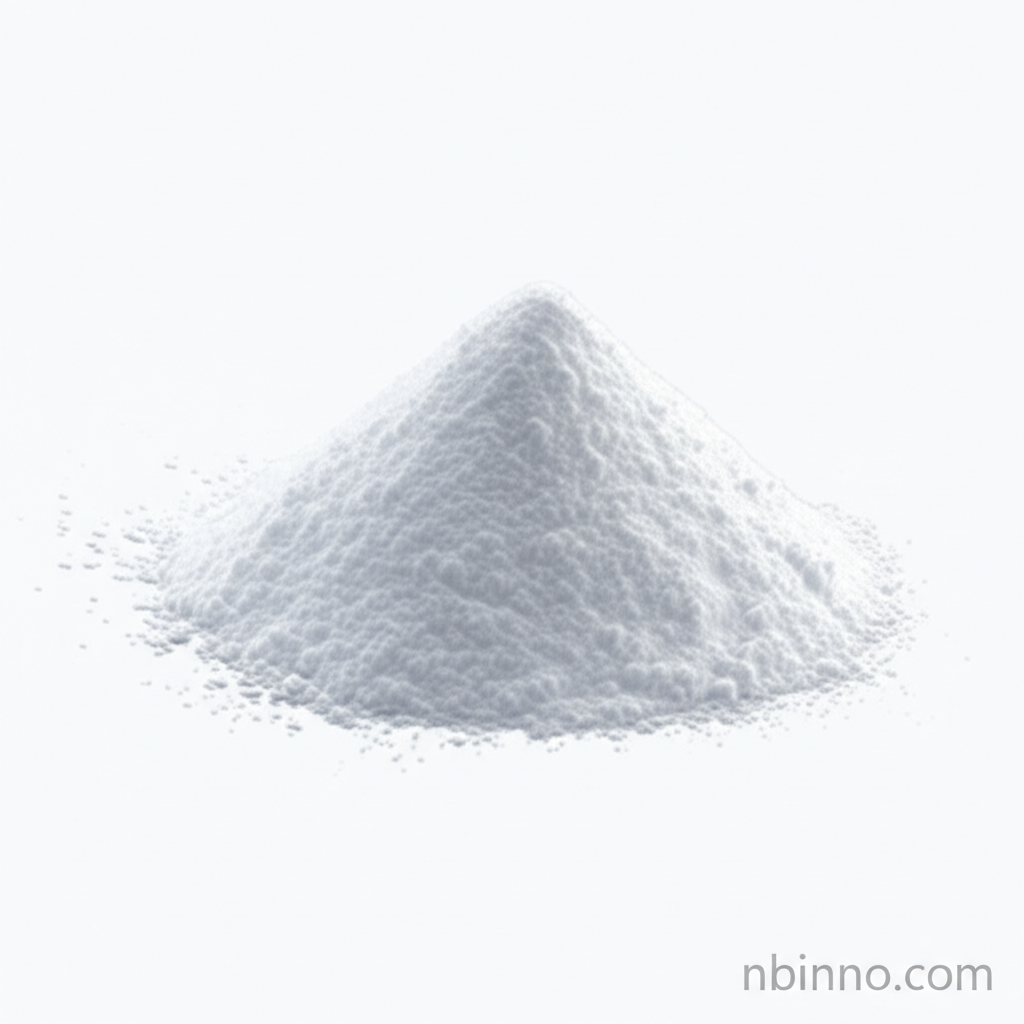HEPES: The Ultimate Biological Buffering Agent for Stable pH in Research and Cell Culture
Discover the essential role of HEPES in maintaining optimal pH for your biological experiments and cell cultures.
Get a Quote & SampleProduct Core Value

4-Hydroxyethylpiperazineethanesulfonic acid
4-Hydroxyethylpiperazineethanesulfonic acid, commonly known as HEPES, is a critical zwitterionic organic chemical buffering agent. It is highly valued in biological research and cell culture for its exceptional ability to maintain physiological pH stability. Unlike bicarbonate buffers, HEPES provides superior buffering capacity, especially in open systems and when carbon dioxide concentrations fluctuate.
- Discover the HEPES buffer pH range, which is ideal for maintaining physiological conditions from 6.8 to 8.2, crucial for cell viability.
- Explore the HEPES buffer chemical structure, a zwitterionic sulfonic acid that ensures minimal interference with biological reactions and macromolecules.
- Learn about the HEPES buffer applications in molecular biology, including its use in PCR reactions to enhance efficiency and accuracy.
- Understand the importance of selecting the correct HEPES buffer concentration for optimal cell culture outcomes, typically between 10-25 mM.
Advantages of Using HEPES Buffer
Exceptional pH Stability
HEPES buffer ensures a stable pH environment, mitigating the effects of cellular respiration and CO2 fluctuations, thus supporting consistent cell growth.
Broad Biological Compatibility
With minimal interaction with biological molecules and low toxicity at recommended concentrations, HEPES is suitable for sensitive biological experiments and cell culture.
Versatile Application Range
From PCR reactions to tissue engineering, HEPES buffer is a versatile reagent that enhances the accuracy and reliability of diverse molecular biology and biochemical applications.
Key Applications
Biological Buffering
HEPES serves as a superior buffering agent, maintaining a stable pH crucial for enzyme activity and cellular processes in various biochemical assays.
Cell Culture
Essential for maintaining the physiological pH in cell culture media, HEPES buffer supports cell viability and proliferation, acting as a buffer for carbon dioxide changes.
Molecular Biology
Used in PCR, gene transfection, and electrophoresis, HEPES buffer enhances reaction efficiency and experimental accuracy by providing a stable pH environment.
Biochemistry
Its inert nature and minimal metal ion binding make HEPES an ideal buffer for enzyme kinetics studies and other biochemical reactions sensitive to pH shifts.
Related Technical Articles & Resources
Why Choose Us?
Leverage our expertise and state-of-the-art infrastructure to accelerate your journey from discovery to commercial success.
Global Experience
With 20 years of R&D, manufacturing, and sales experience, we proudly serve clients across 60 countries and regions worldwide.
Advanced Facilities
Our in-house R&D laboratory, pilot platform, and large-scale production workshop are equipped to meet the audit requirements of global customers.
Seamless Scalability
We facilitate a perfect transition from small-scale lab requirements (grams) to full commercialization (hundreds of tons).
